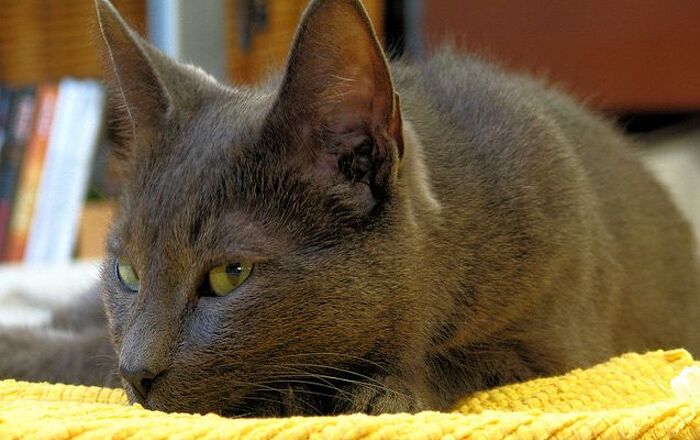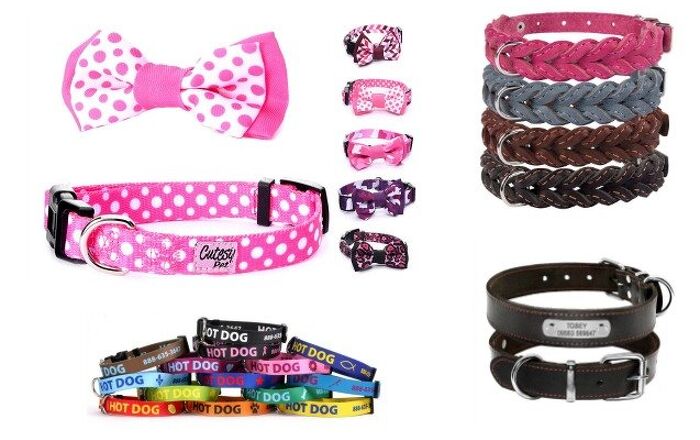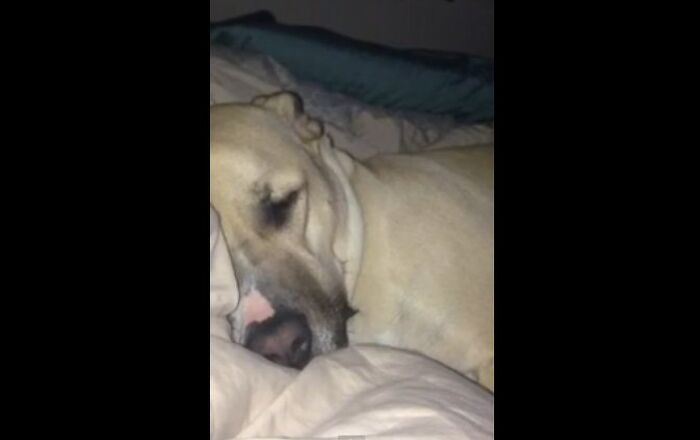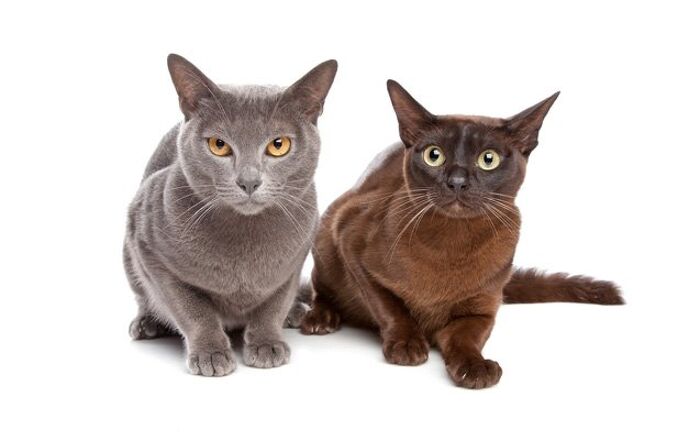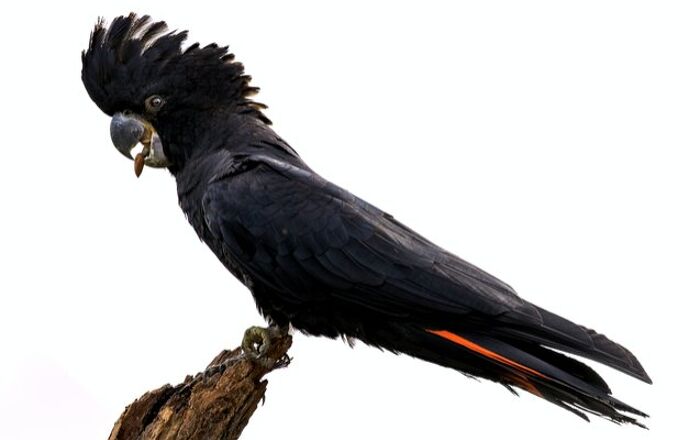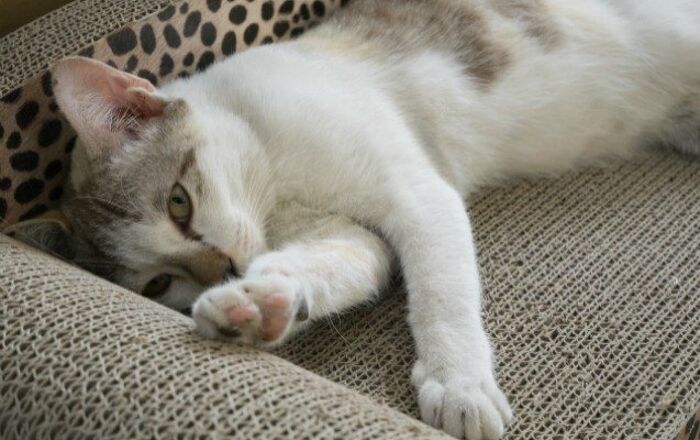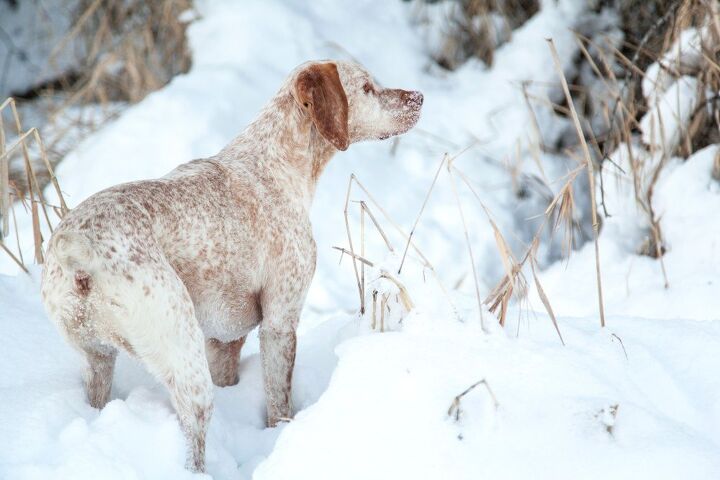
Braque du Bourbonnais Basics
If you are looking for a talented gun dog with a rustic appearance, look no further than the Braque du Bourbonnais. This breed, also known as the Bourbonnais Pointing Dog or the French Pointer, is a medium-sized dog with a smooth, short coat and a brown and white spotted coloration. This breed is calm and affectionate around family but, when it is hunting, it is spirited and highly intelligent. The Braque du Bourbonnais trains easily and adapts well to a variety of housing situations as long as it is given adequate mental and physical stimulation.
Also known as the Bourbonnais Pointing Dog or the French Pointer, is a medium-sized dog with a smooth, short coat and a brown and white spotted coloration.
Origin
The origins of the Braque du Bourbonnais can be traced back to as early as 1598 in the Province of Bourbonnais in France. Early descriptions of this breed date back to the Renaissance when an Italian naturalist Ulisse Aldrovandi created an illustrating depicting a spotted dog that looks similar to the modern breed. In his manuscripts, Aldrovandi also describes a Canis Burbonensis (a dog from Bourbonnais). The exact origins of this breed are unknown but it is likely that the Braque du Bourbonnais is one of the oldest short-haired pointing breeds and that its origins can probably be traced back to early hunting dog stock from northern Spain and southern France.
Until the 1800s, tail-less pointing breeds like the Braque du Bourbonnais were largely unknown outside of France but the breed experienced a revival after World War I. The creation of the first Braque du Bourbonnais breed club occurred in 1925 but it eventually ceased to function after the Second World War. Between 1963 and 1973, no Braque du Bourbonnais dogs were registered in the French studbook but in 1970 breeder Michel Comte attempted to revive the breed. Though he only found mixed breeds with shared characteristics of the Braque du Bourbonnais he eventually achieved a Braque du Bourbonnais worthy of registration in 1973. Fifteen years later, in 1988, the first Braque du Bourbonnais was brought to the United States.
Pedigree
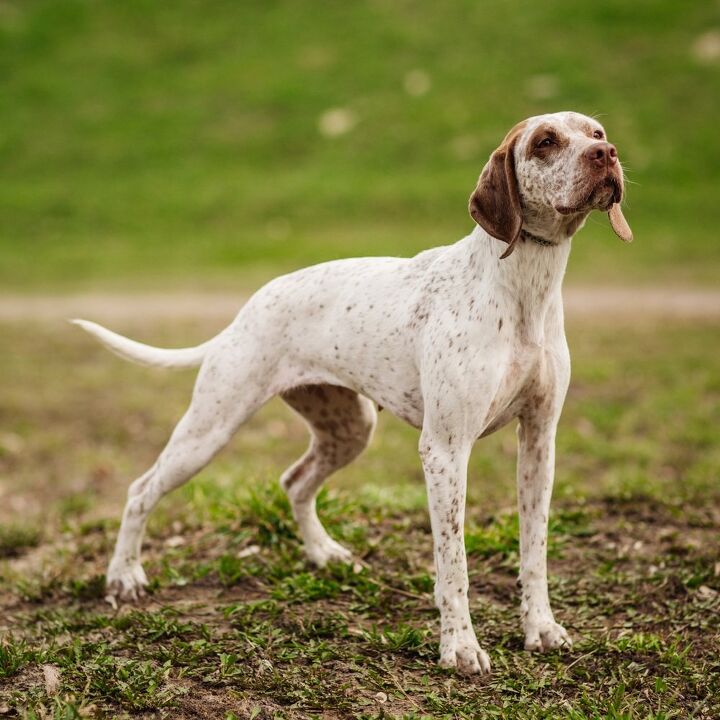
The exact origins of the Braque du Bourbonnais are unknown but it is likely to have been developed from early hunting dog stock from northern Spain and southern France. Fanciers of the breed believe that it is one of the oldest breeds of short-haired pointing dogs.
Food/Diet
The Braque du Bourbonnais is a medium-sized breed and should be offered a diet formulated for dogs of its size. Because the dog is a hunting breed, however, it may benefit more from a formula designed for active breeds. This formula is more likely to meet the higher energy requirements of this breed.
The Braque du Bourbonnais is an intelligent breed that typically responds well to training.
Training
The Braque du Bourbonnais is an intelligent breed that typically responds well to training. Because this dog is fairly active it requires a good bit of daily exercise to prevent the development of problem behaviors. As is true for all breeds, it is recommended that you start puppies with socialization and training as early as possible. This breed responds well to positive reinforcement training methods.
Weight
The male Braque du Bourbonnais stands between 20 and 22.5 inches tall and weighs between 40 and 55 lbs. The female is a little smaller, standing up to 22 inches tall and weighing between 35 and 49 pounds.
Temperament/Behavior
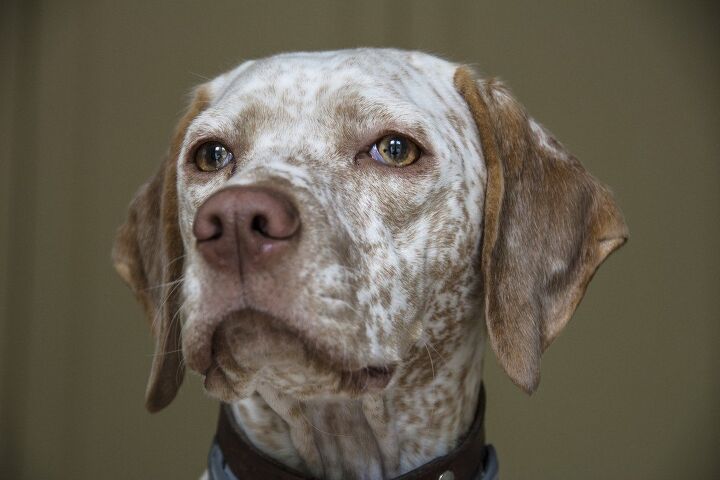
The Braque du Bourbonnais is a calm and affectionate breed with family – it generally loves to be around people and does not do well in isolation. This breed learns quickly and is eager to please, though they can become destructive if not properly exercised. The breed loves to hunt and can become passionate and spirited when hunting.
Common Health Problems
For the most part, the Braque du Bourbonnais is a healthy breed not prone to major health problems. There is some concern regarding congenital conditions, however, since much of the breeding stock used by Michel Comte was inbred to produce the desired characteristics. Some of the health problems to which this breed is prone include hip dysplasia, pulmonic stenosis of the heart, and entropion/ectropion.
Life Expectancy
The average lifespan for the Braque du Bourbonnais breed is between 13 and 15 years.
Exercise Requirements
As a hunting breed, the Braque du Bourbonnais has fairly high needs for exercise. This dog requires a long daily walk and would appreciate some active play time or free time in a fenced yard.
This breed learns quickly and is eager to please, though they can become destructive if not properly exercised.
AKC
The Braque du Bourbonnais is not currently recognized by the American Kennel Club (AKC) but it is part of the Foundation Stock Service. When sufficient numbers of the breed are registered the AKC will official recognize the breed.
Coat
The Braque du Bourbonnais is a short-haired breed with a minimally shedding coat. The most common colors for this breed are white with liver and fawn ticking. Dogs with the liver ticking coloration are given the name “wine dregs” or “faded lilac” while dogs with the fawn ticking are called “peach blossom”. This breed does not shed excessively but regular brushing is recommended.
Puppies
The average litter size for the Braque du Bourbonnais is between three and six puppies. As is true for all breeds, it is recommended that you start puppies with socialization and training as early as possible.
Photo credit: Traveler11/Shutterstock; PRESSLAB/Shutterstock; Aiste Stankeviciute/Shutterstock

